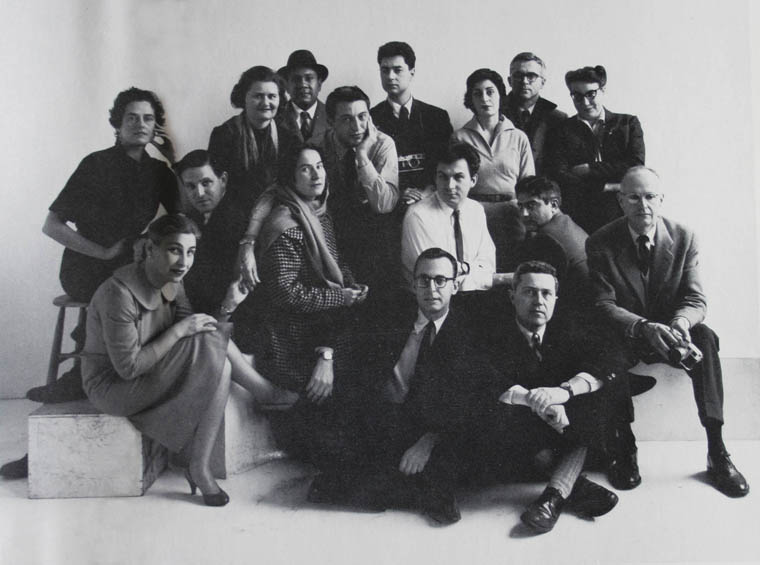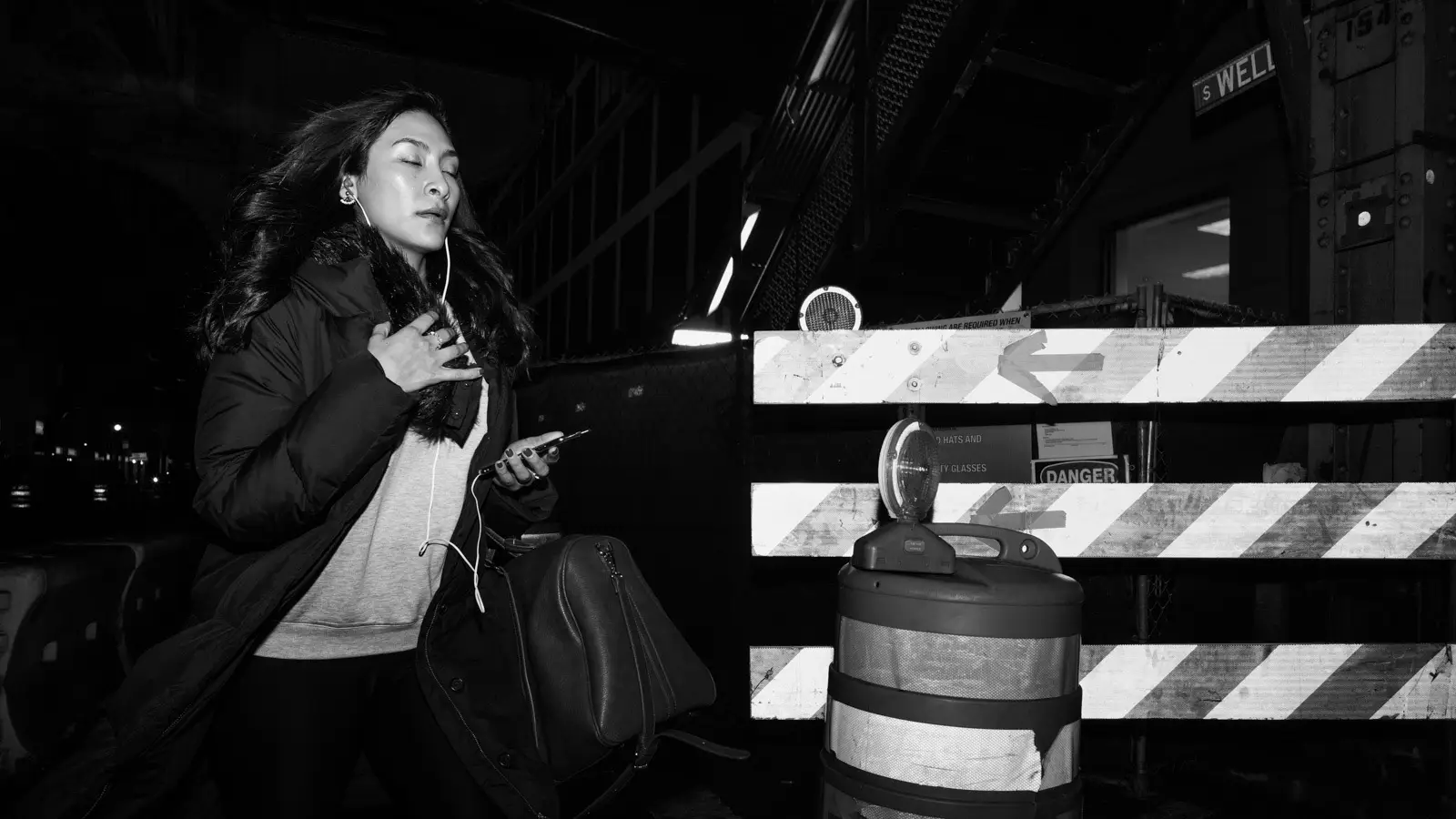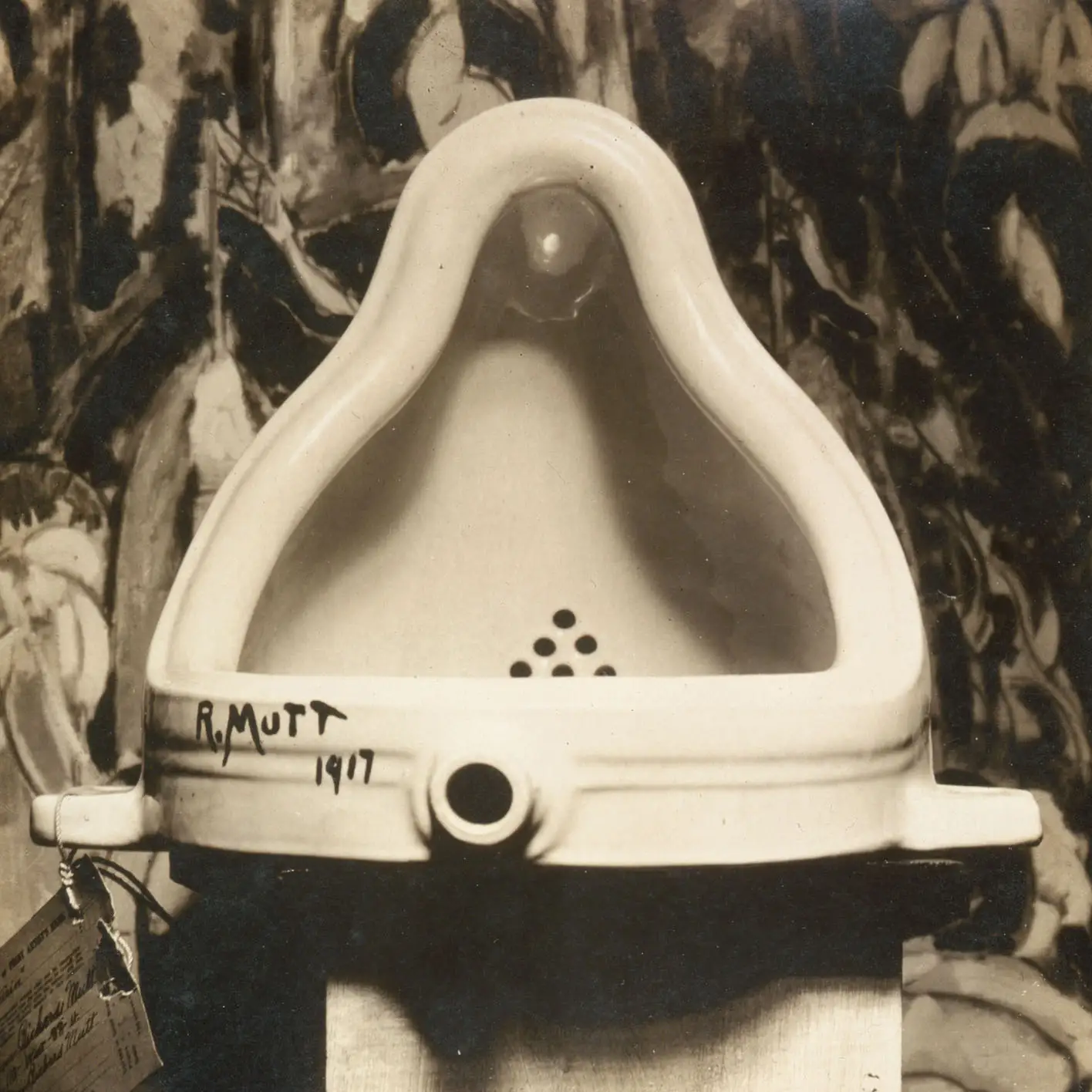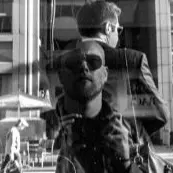Helmut Newton
Helmut Newton, born October 31, 1920 in Berlin, Germany, developed an interest in photography as a child. Newton worked for the German photographer Yva (born Else Neulander Simon) until in 1938 when he had to flee Nazi Germany because of his Jewish heritage.
Fortunately, his flight did not disrupt his career too severely at first. Soon after he left Germany, Newton found worked as a photographer in Singapore for the Straits Times. He then traveled to Melbourne, Australia, where he and many others were interned as “enemy aliens.” Upon his release, he served in the Australian army during World War II.
Only after the War in 1948 could Newton resume his career. He married the photographer and actress June Browne (who later became known as Alice Springs) and began work as a fashion photographer. In 1961, he and his wife relocated to Paris where his career sky-rocketed.
Helmut Newton as a Fashion Photographer
Once in Paris, Newton began developing his own unique style that revolutionized fashion photography across the globe. His work appeared in several magazines, including French Vogue.
Helmut Newton himself describes his work by saying, “I am superficial, my images aren’t deep. Good taste is the anti-fashion, the anti-photo, the anti-woman, the anti-eroticism. Vulgarity is life, is fun, the desire for extreme reactions.”
He epitomized the dark side of fashion with his blend of style, sex and theater in his photographs. His work has broadly influenced magazine art, as well as fashion photography and cinematic imagery. His photography captures an implied narrative, typically evoking eroticism and power. While his earlier work was often set luxurious Parisian scenes (like the French Riviera), his later photos took their scenes in harsher urban settings, such as graffiti-scrawled streets.
Helmut Newton’s Subjects
Along with fashion models, Netwon photographed celebrities of the film, art and political worlds. His work includes Ralph Fiennes, Andy Warhol, Anthony Hopkins, Faye Dunaway and many others.
Big Nudes
One of Helmut Newton’s most famous series was of nude women. These works, photographed in the 1980s and entitled “Big Nudes,” mark a departure from traditional nude photography in which the woman are prone or passive. In Newton’s work the women seem to confront the camera, often staring directly at the viewer. They stand upright, bold and unashamed of their nudity. Newton claims his inspiration came from Nazi propaganda imagery and German police photos of terrorists.
White Women and Sleepless Nights
Although Helmut Newton’s other two famous series predate his Big Nudes, they never reached its level of accomplishment.
White Women, a 1976 publication, shows elegant women in deeply erotic moments, albeit mostly with their lovers remaining off-camera. Sleepless Nights followed in 1978 with more nude models in various poses of bondage with medical support gear. The cover of this book depicted a man in drag with blackened eyes and a red mouth.
The End
Helmut Newton died in a tragic car accident outside the famous Chateau Marmont in Los Angeles on January 23, 2004. After his death, his work has continued to be published in copies of Vogue around the world, along with Elle, Playboy, Vanity Fair and many others.
Revolutionizing the fashion industry, his “Big Nudes” helped to transform the art world’s concept of nude photography into what it is today.



